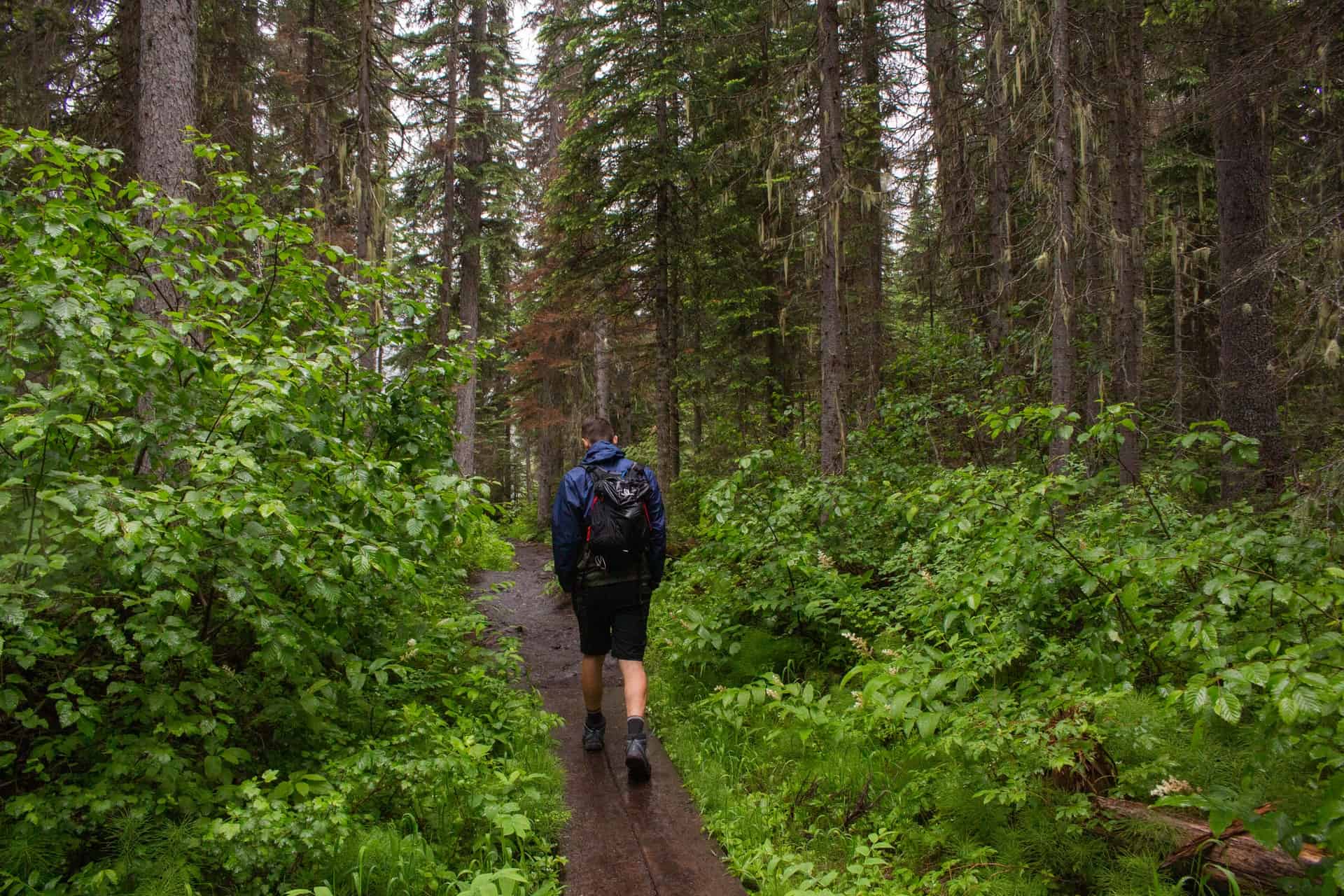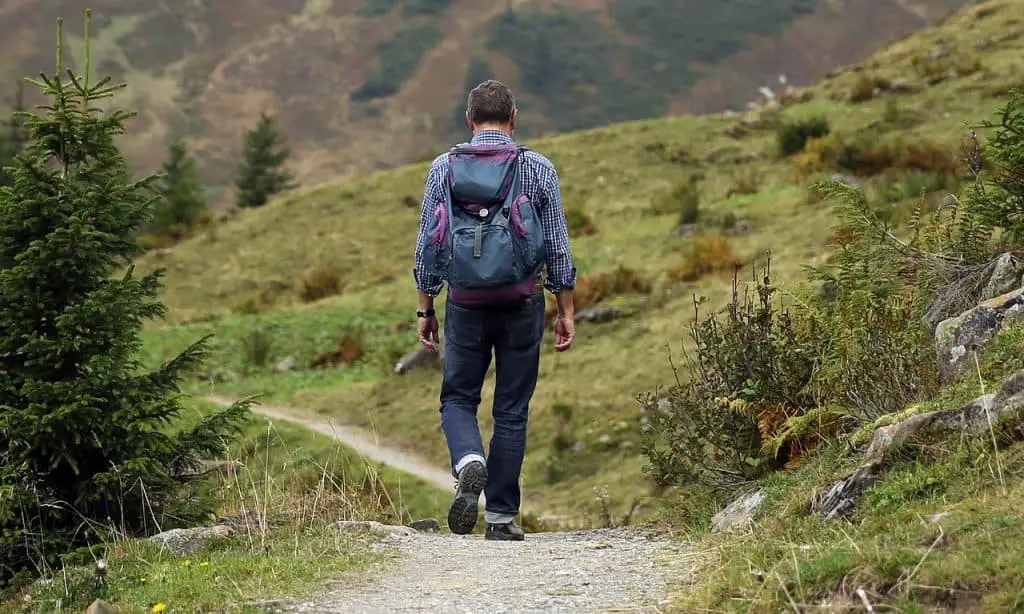Sometimes the weather doesn’t cooperate with us, but does that mean we shouldn’t be able to hike? One of my favorite activities to do is to go hiking right after it rains and I’d like to share why.
How long until you can hike after it rains? Most trails are safe to hike after receiving a small amount of rain. If you decide to hike after it rains, use waterproof gear and choose a short trail that you are comfortable with to limit the risks.
If you’re still not convinced, keep reading to see why I don’t let the rain stop me from hiking as well as some general tips for hiking in the rain!
Benefits of Hiking After it Rains
1. Beautiful & Different Views
One reason hiking is such an enjoyable activity is because of the views that you can see from the trail or from the top of the mountain. I think we’ve all had those breathtaking moments once we overlook some nice mountains or paths.
The great thing about rain is that it makes those views you’re used to seeing completely change. There are sights that can be found after a storm that most people will never encounter. Make sure to take some photos to share with others once you see how the rain affects the trees, mountains, and lakes.
2. Less Crowded Trails
When it’s raining or just after it rains there won’t be nearly as many people out hiking as normal. Because of this, you’ll have every option available and can pick your first choice of places to go.
This could be the perfect time to try out that popular trail that you always avoid because it’s crowded. You will most likely be out there by yourself unless of course, you run into another hiker with the same idea!
3. Cooler Temperatures
Most of the time hiking happens in hot temperatures, which means you have to deal with the sun, sweat, and extra water while on the trail. Right after it rains can be the perfect hiking time if you want to get out without the worry about being drenched in sweat.
A fair warning is that it may get colder than you’re used to or expecting, so having some extra clothing is a good idea. Pack a sweatshirt or extra pair of socks to keep you dry and warm if it starts raining again.
Risks of Hiking After it Rains
1. It’s Muddy & Wet
Most places that are good for hiking will get soaked and muddy while it rains. Without the correct equipment, it can be a bad experience trying to move around our there without losing your traction.
There’s also the additional work that you’ll have to do once you return from the hike. Wet and muddy boots that need to be cleaned, clothes that need to be washed, and gear that needs to be dried.
If you do decide to hike while it’s wet out make sure to read through my tips for staying dry no matter how wet it is out!
2. Slippery Terrain
With wet and muddy ground it becomes much tougher to keep your footing while walking around. It’s important to have boots or shoes with a good amount of traction to limit the chance of slipping or falling.
You might encounter any of the following which could be difficult to navigate over:
- Wet grass
- Slick rocks
- Branches and trees on the ground
Tips For Hiking In The Rain
In order to be completely safe hiking after a storm, make sure to follow these tips below to have the best experience.
1. Choose A Safe Trail
If you do go hiking after it rains, the first thing you should do is choose a hike that you know really well and feel comfortable being out on. This should be a place that can withstand whatever amount of rain you just received without it being unsafe.
Since some terrains break down after a large amount of rain or wind, limit the risks by choosing a trail that is designed to handle rain. There might be trees or branches that fall on the trail, and should be avoided as it’ll be more dangerous without proper footing and a clear path to follow.
2. Wear Correct Clothing
I would avoid clothing with materials like cotton that will absorb excess raindrops while outside. It’s best to have a waterproof jacket and a good pair of waterproof hiking boots or shoes that work well in the mud or puddles. Make sure to bring a nice cold drink of water with you on the trail as well!
Here’s what you should bring when hiking in the rain:
- Waterproof jacket
- Waterproof hiking boots
- Extra socks
- Hiking poles
3. Limit Your Distance
If you head out to the trails right after the rain, there’s always the chance the storm will return. It’s recommended to choose a trail that is relatively short in case the weather gets bad during your hike.
Stay close enough to your car in case the storm returns and the trail becomes too dangerous to continue. It should be easy for you to easily turn back and wait for another day before continuing the hike.



